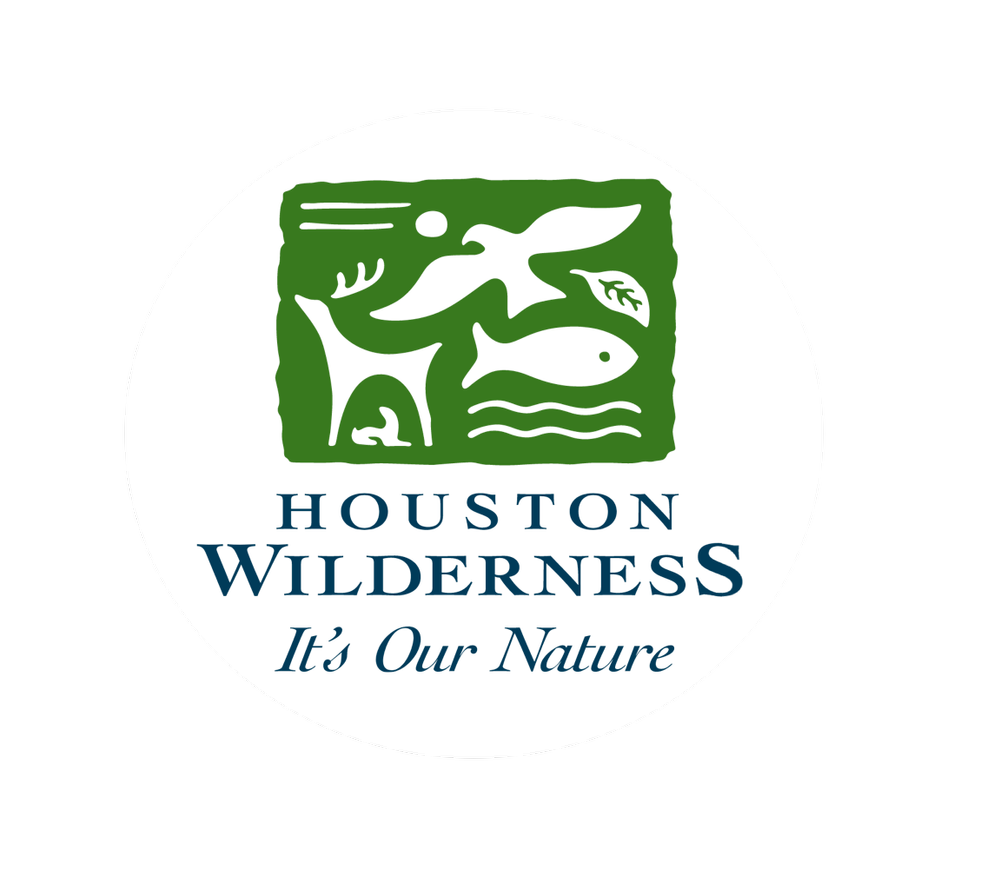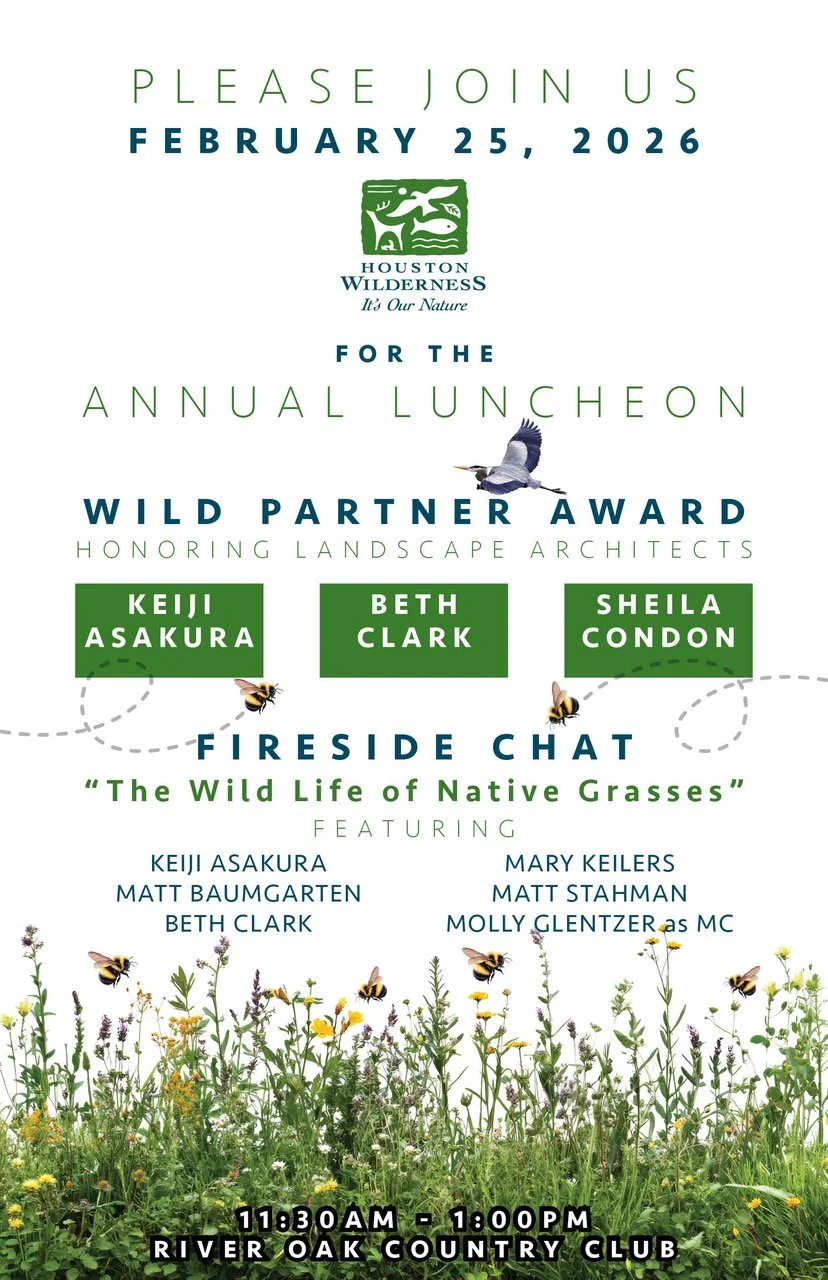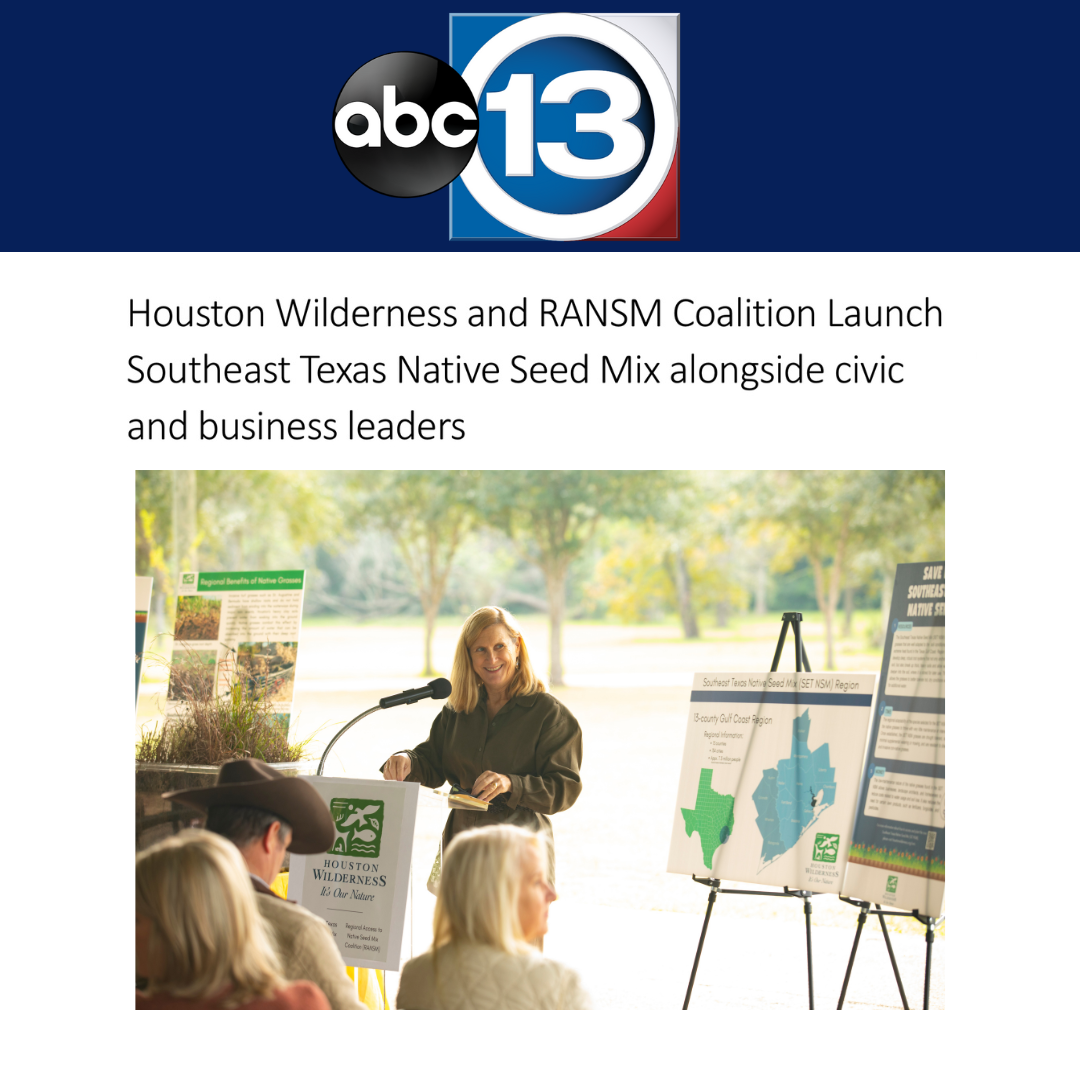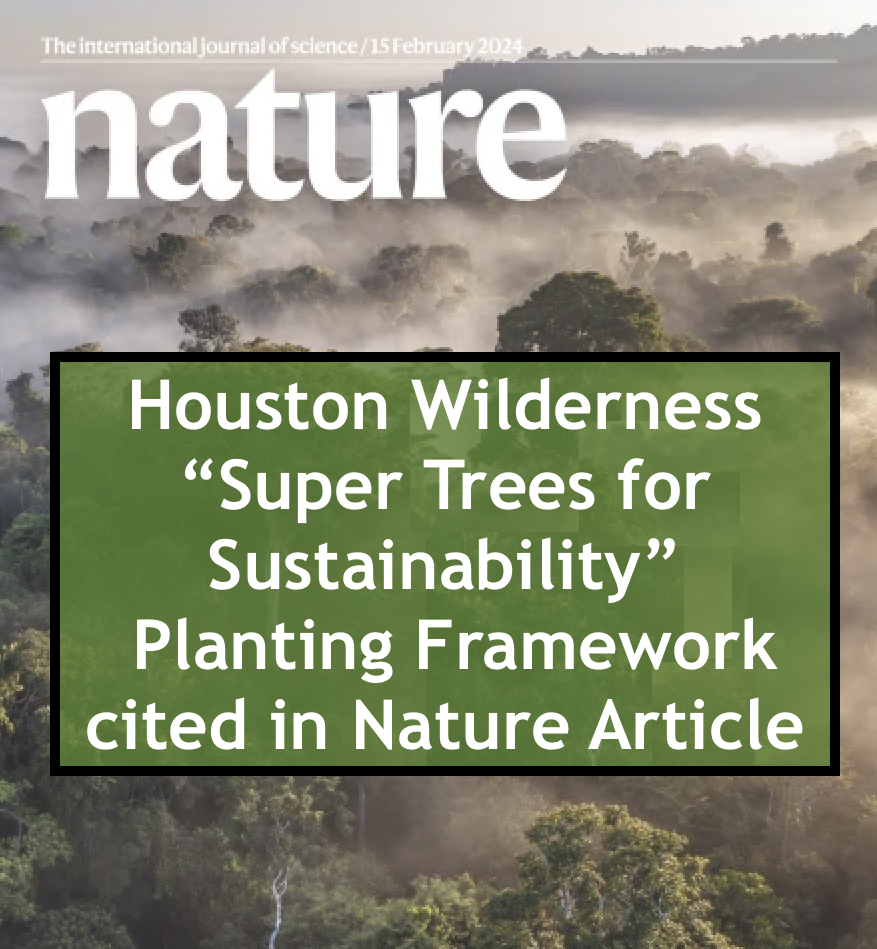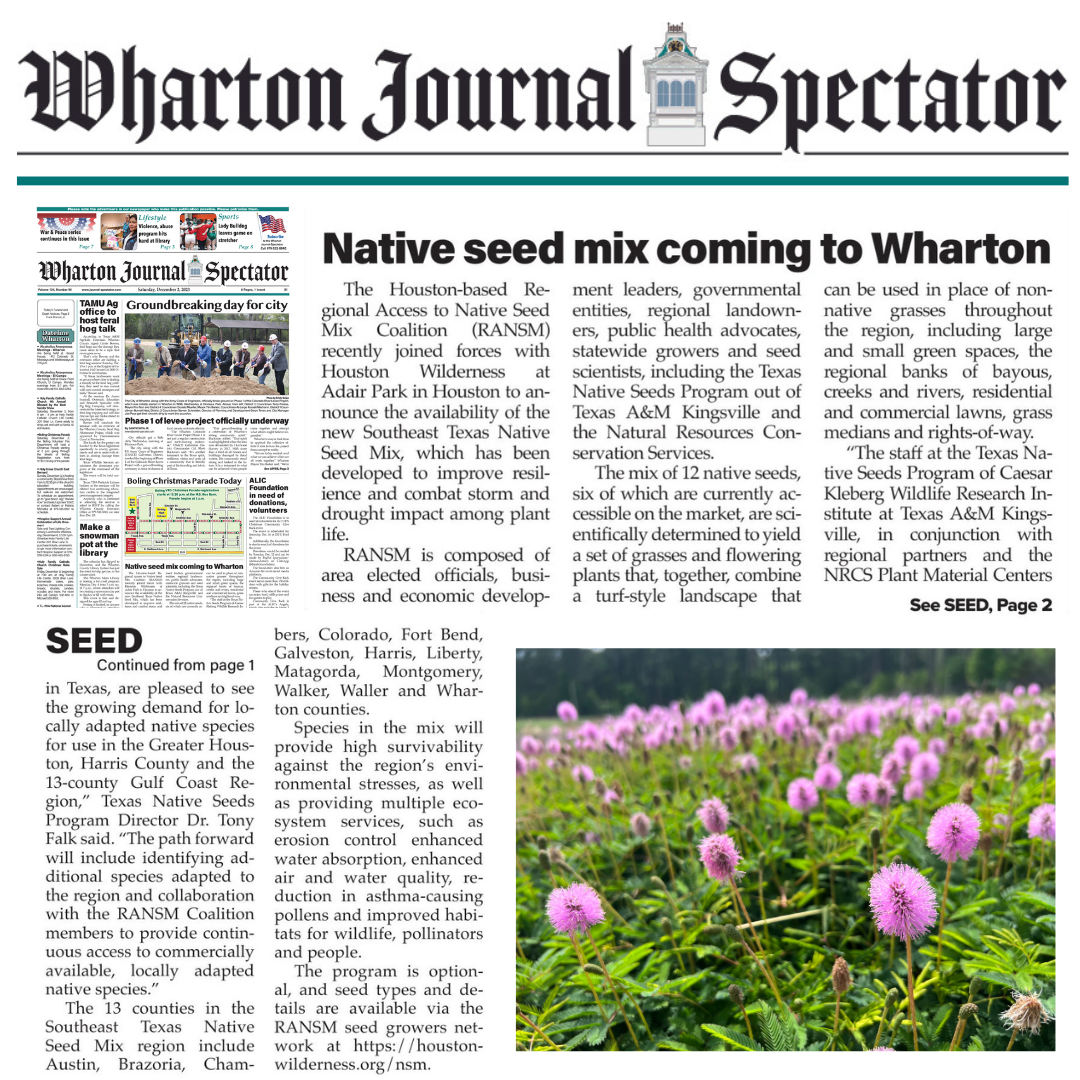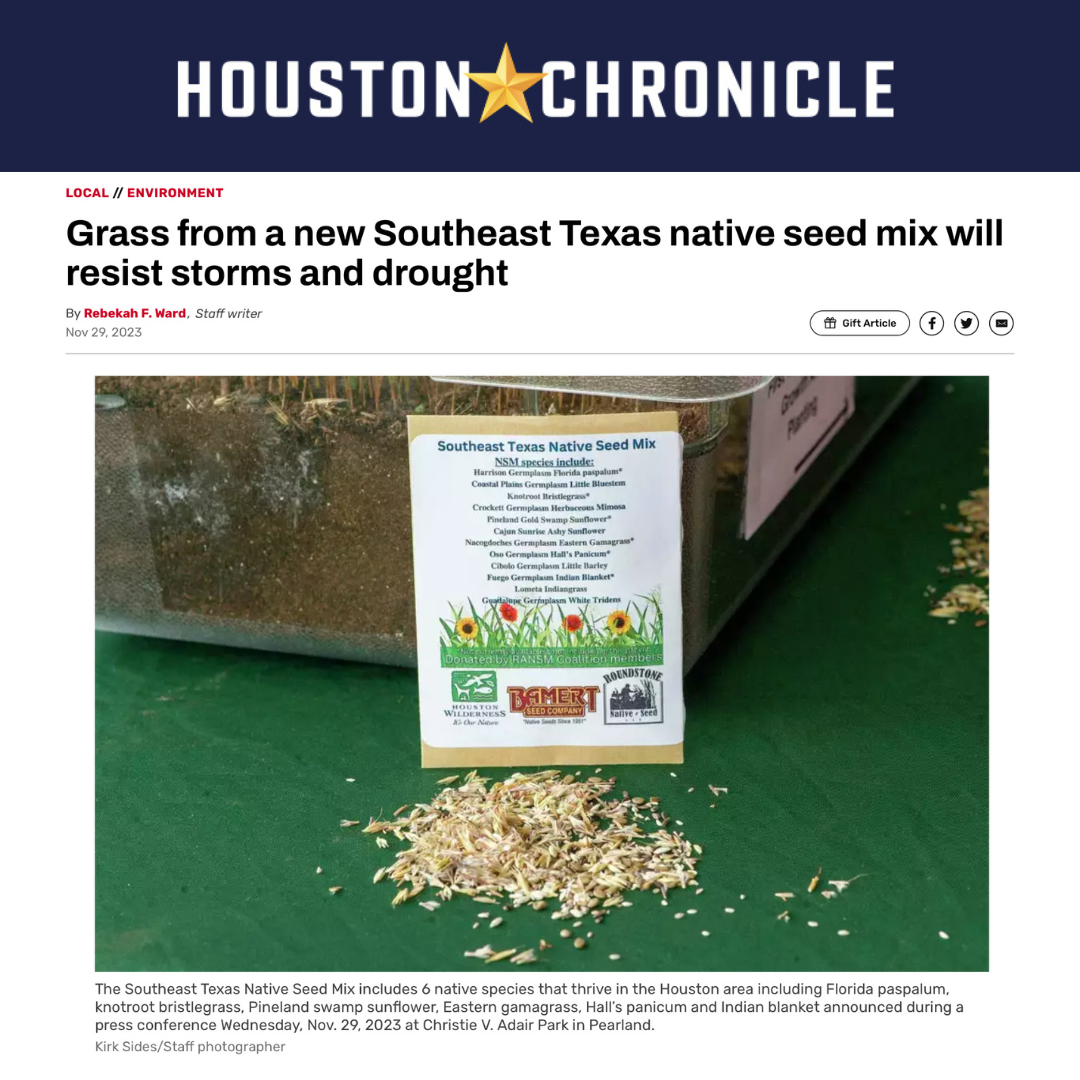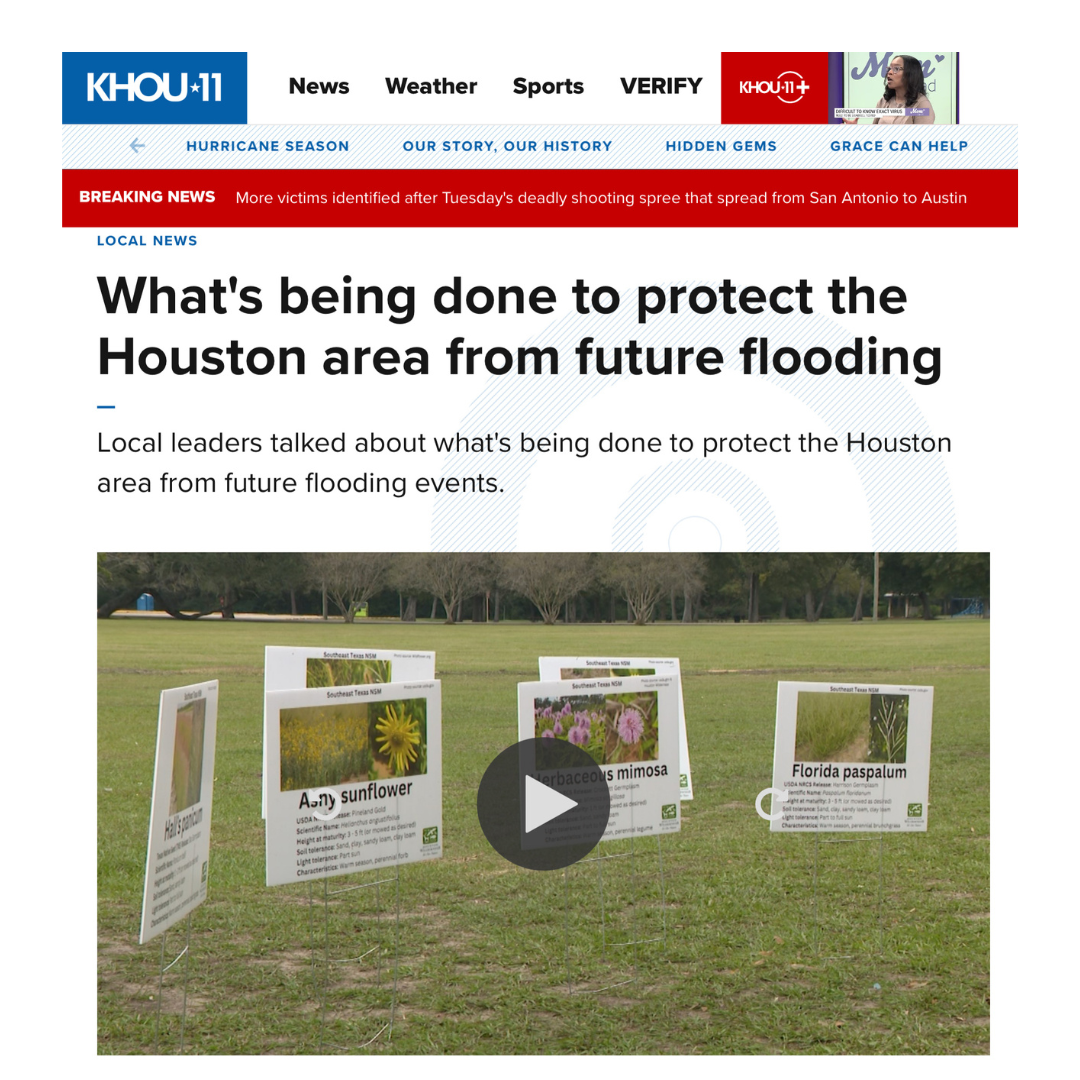BIG THICKET
ABOUT THE BIG THICKET
The original Big Thicket of Texas covered between 2 million and 3 million acres in what is now mapped as the Piney Woods and Coastal Marsh ecoregions of the state. People have called the Big Thicket an “American ark” and “the biological crossroads of North America,” as it has one of the most biologically diverse assemblages of species in the world. It is a transition zone where southeastern swamps, eastern deciduous forests, central plains, pine savannas, and dry sandhills meet.
This diverse habitat allows an impressive array of species to coexist, including approximately 1,320 species of trees, shrubs, vines, and grasses (vascular plants), 60 mammal species, 86 reptile & amphibian species, 34 species of freshwater mussels, nearly 1,800 invertebrate species just in the Lepidoptera Family (butterflies, moths, skippers), 97 fish species, at least 300 bird species, and 660 species of mushrooms. Cactus and Orchids, Beech Trees and Bald Cypress Trees, Azaleas and Pine Trees, Roadrunners and Alligators, and historically, Bison, Jaguars & Red Wolves, are all included in the array of species. The abundant rainfall and the long growing season, around 246 days, ensures that the vegetation and animal life thrive in this unique area of Texas.
The preserve, established by Congress in October 1974, now manages over 113,000 acres scattered in nine land units and six water units. In 1981, Big Thicket National Preserve was also designated as a Biosphere Reserve by UNESCO, thereby demonstrating its international importance.
The average annual number of visitors in recent years has exceeded 255,000, with over 1,500 overnight stays. Visitors can hike, bike, horseback ride, camp, hunt, bird-watch, fish, and more in the ecoregion.
References:
- Texas State Historical Association (TSHA) (link: https://www.tshaonline.org/handbook/entries/big-thicket)
- Fritz, E. C. (1993). Realms of Beauty: A Guide to the Wilderness Areas of East Texas (Revised Edition) (No. 23). University of Texas Press.
To read more about Big Thicket, download its section of the atlas by clicking the image to the right.
BIG THICKET SITES
Download Houston Wilderness' List of Ecoregion Sites for information on sites in all 10 ecoregions.
TOP 10 FACTS ABOUT...
THE BIG THICKET
1) Millions of years ago, part of the Big Thicket was under sea level until the shores of the Gulf of Mexico receded to its current position.
2) Giant Sloths, Mastodons, Saber-toothed Tigers and dire wolves were all found in the Big Thicket 10, 000 years ago.
3) Historically, the Big Thicket covers roughly 3.5 million acres of land. Nearly 40 miles of trails through the varied landscapes of the Big Thicket.
4) The Big Thicket National Preserve has over 300 miles waterway.
5) The Big Thicket supports a variety of plants (1,320 species are currently known), native trees and wildlife nearly as ecologically diverse as the Florida Everglades.
6) The Big Thicket was formerly known for its Black Bear populations, but they were aggressively hunted for nearly a century before being eradicated from southeast Texas in the 1950s
7) Four different species of carnivorous plants can be found in the Big Thicket, including Pale Pitcher Plants, Sundews, Bladderworts, and Butterworts.
8) The soil order of the Big Thicket is alfisols, which have a subsurface accumulation of clay.
9) Indigenous tribes still in the area include major tribes of the Alabama and Coushatta Indians, who had migrated to Southeast Texas in the 1780s from Alabama and Louisiana. These two tribes have lived all over the Big Thicket, but they now share a common home here on their 4,300-acre reservation in Polk County.
10) The Big Thicket lies along the Central Flyway. It is home to around 300 different bird species. Among them, 74 species are known to nest in the preserve.
Banner photo provided by Martin J Dies Jr State Park
